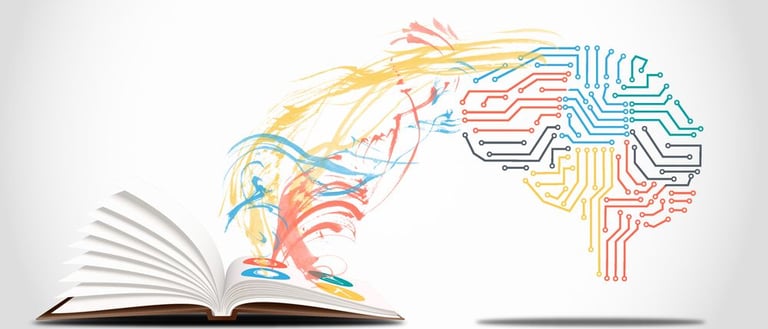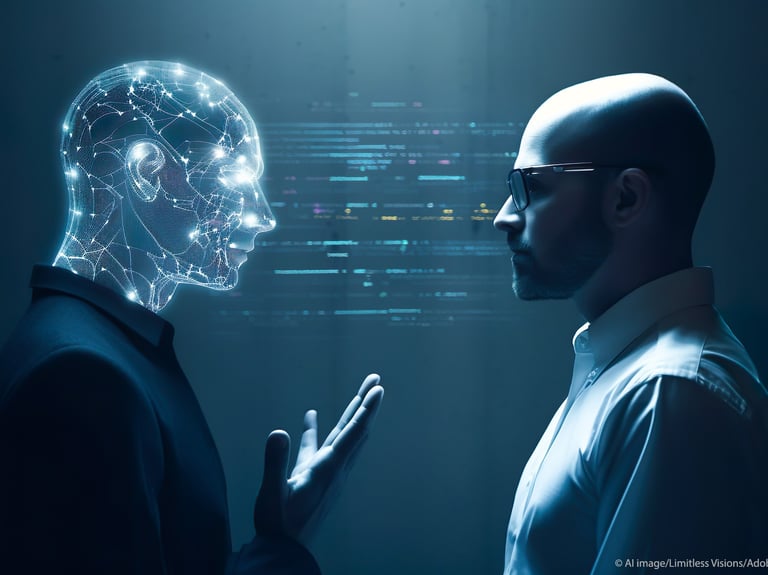
The effects of AI on the financial sector
GAZDASÁGI ROVAT
Magyar Anna
3/19/2024
1 trillion US dollars. This is how much money AI can potentially save for the banking industry by 2030, at least according to some predictions. Let's see, how!


Written by: Magyar Anna
Artificial intelligence has been used since decades now, but as a private person, we could not really get in touch with it. However, since 2022-2023, AI is booming, everyone uses chat GPT and even universities and companies are trying to find their ways to integrate AI into the education and into the everyday business processes.


AI can assist in making the digital environment safe and secure. Unlike traditional methods, in which a breach is reported only after a crime has occurred, AI may prevent fraud by continuously monitoring and examining data patterns. By analysing data, it can observe anomalies, which might indicate potential dangers. This way, it helps banks identify fraudulent activities, thus improving the overall security of online finance. One real-life example of a bank using AI for fraud detection is Danske Bank (Denmark’s largest bank), which has increased the bank’s fraud detection capability by 50%.
Artificial intelligence is the science of making machines that can think like humans. This is done with the machine learning technology: recommendations are also powered by machine learning. If you watch a film on Netflix, you will be recommended with some other movies from the similar kind. So the computer learns what you like, and then it will offer even more.
Now that we understand how AI works, it’s time to see how it affects the financial sector.
Banks and financial institutions record millions of transactions every single day. Since the volume of information generated is enormous, it is impossible to handle for humans. AI is often used for structuring and recording such data. Based on these data, AI can analyse real-time activities in any given market, predict accurate outcomes, make forecasts. Thus, it can help the banks to get prepared for external global factors (such as currency fluctuations) and gives a reasonable picture about what is to come which helps you make decisions and avoid risks.


Chatbots: Chatbots and virtual assistants have reduced the time spent on the phone waiting to speak with a customer service representative. Now, thanks to technology and AI, customers can check their balance, schedule payments, look up account activity, ask questions and receive personalized banking advice whenever it’s most convenient, as it is available any time. The chatbot of the Bank of America, called “Erica” debuted in 2018 and served more than 10 million users since then.
Since artificial intelligence has become more widespread across all industries, it’s no surprise that it is growing within the world of finance, especially since COVID-19 has changed human interaction. It’s also important to note that GenZers are becoming the banks’ largest consumer group, which means that financial institutions are looking to increase their IT and AI budgets to meet higher digital standards, since younger consumers often prefer digital banking. And it is expected to grow even further in the future.

